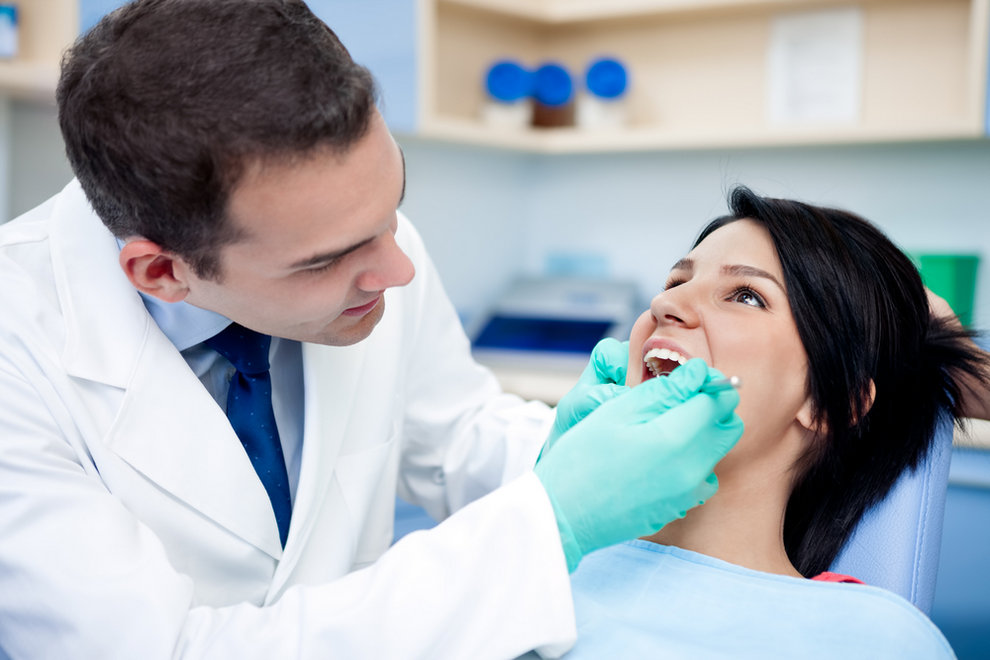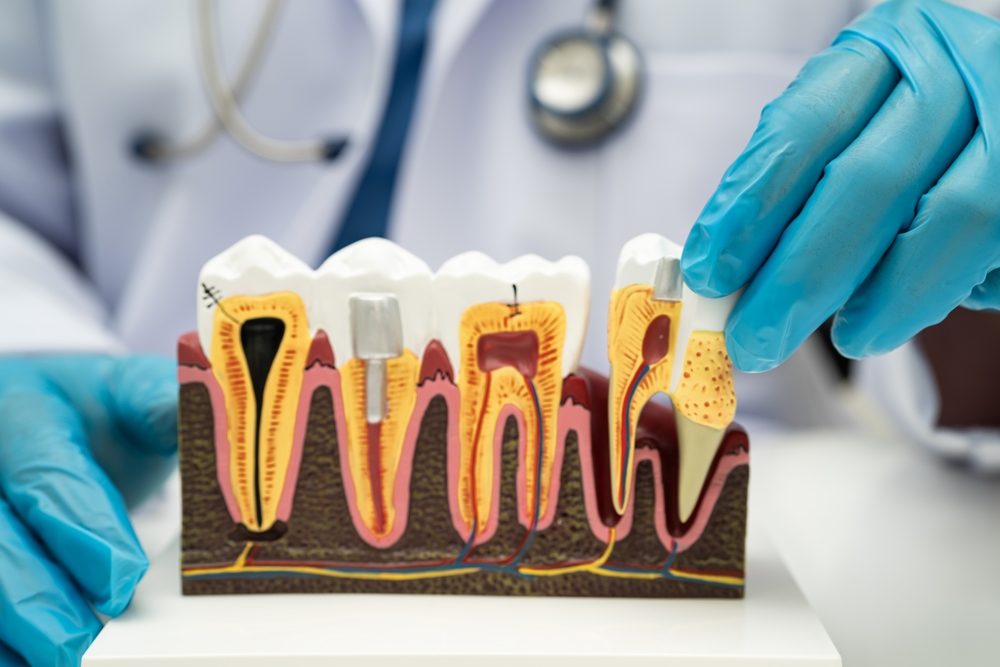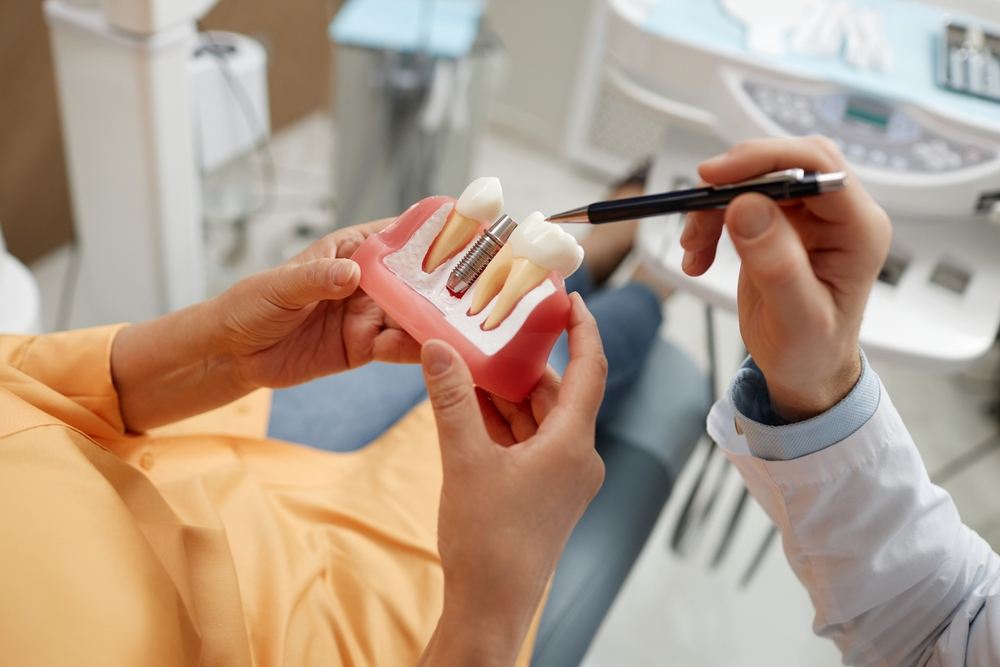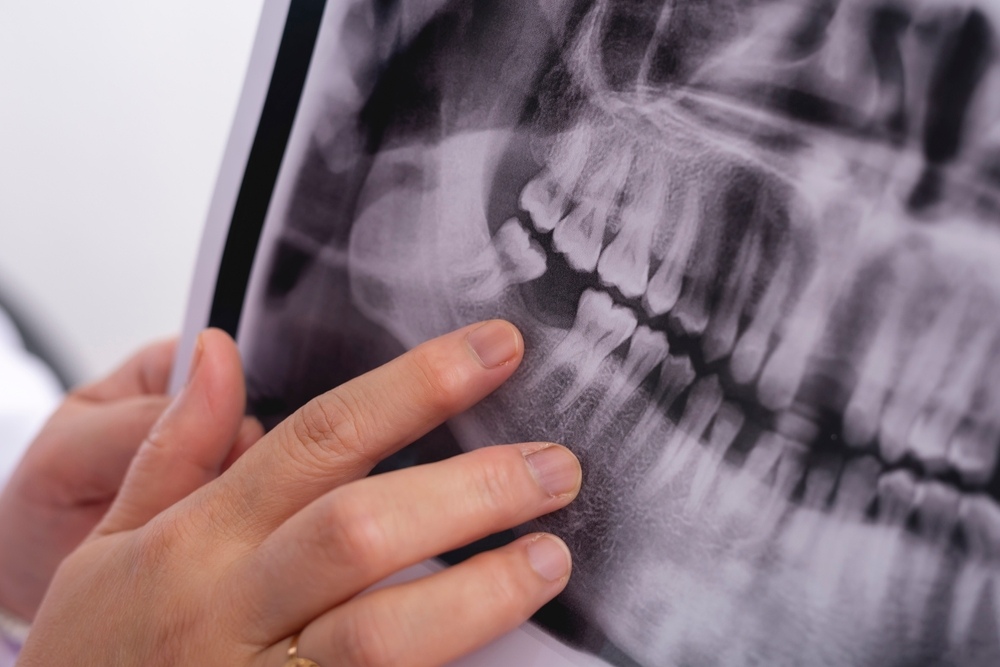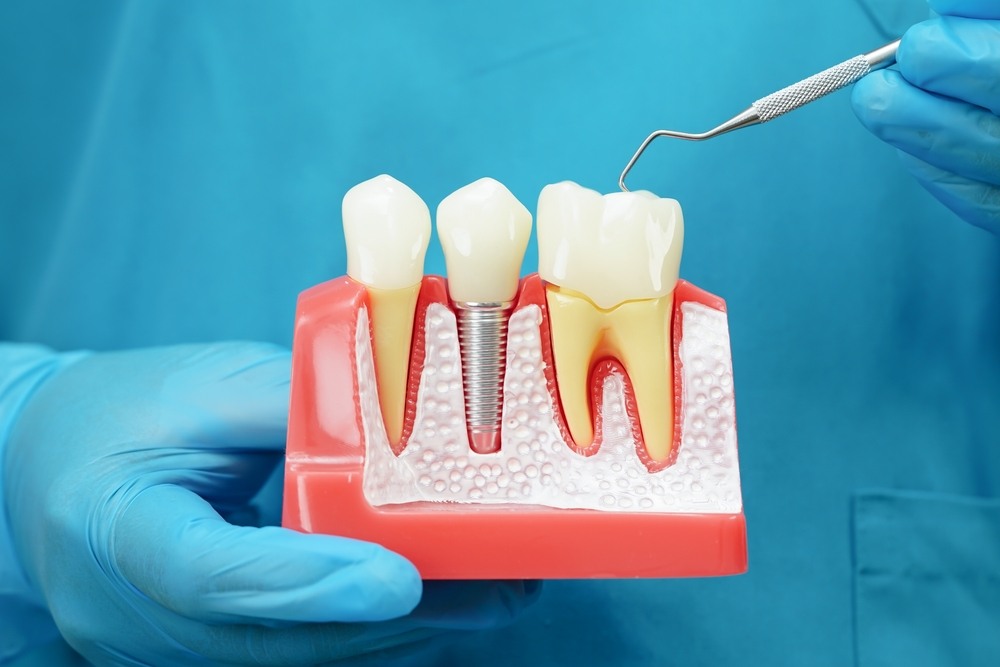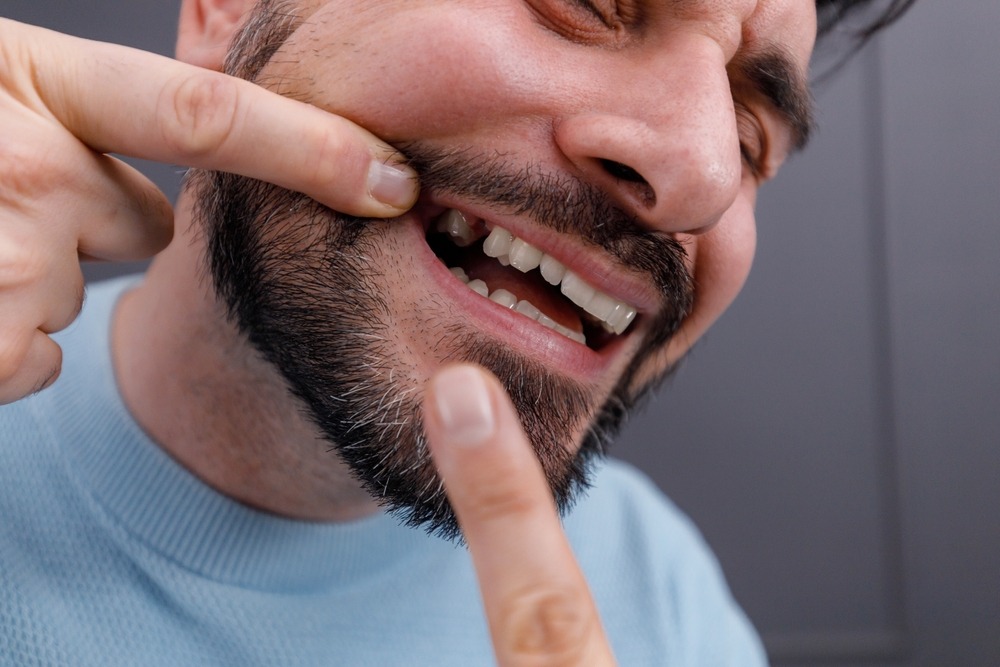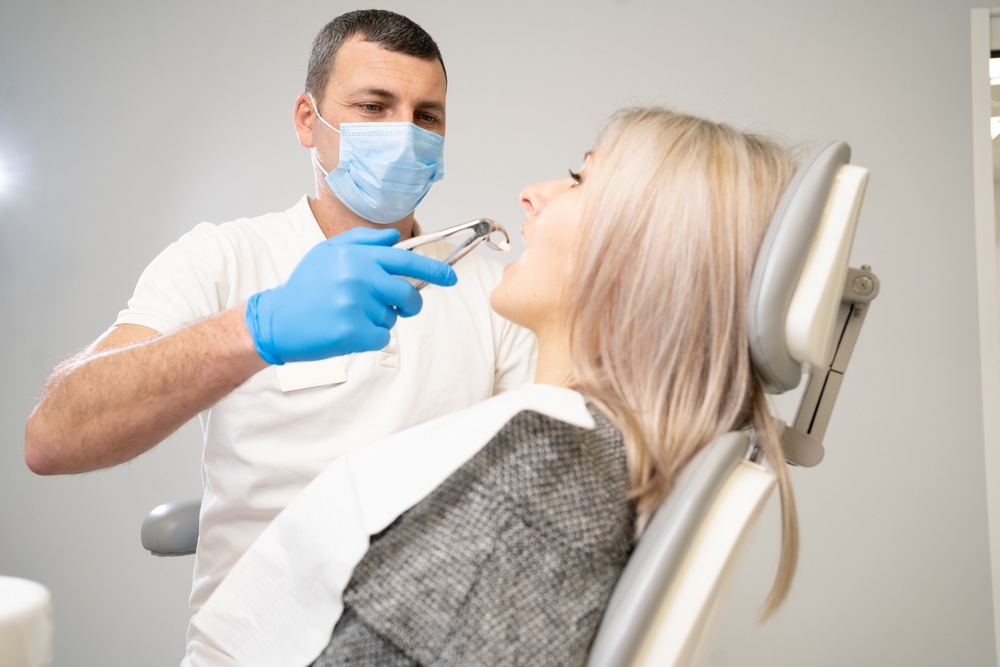Periodontal disease is an infection that affects around half of all adults in the United States. It’s a serious condition that damages the gums, teeth, and even jawbone if left untreated. Many people are wondering, is periodontal disease reversible? Fortunately, if caught early enough, you may be able to reverse the beginning stages. To help give you a better understanding, we’ll go over the condition, common causes, and how to prevent it.
What Is Periodontal Disease?
It’s a gum infection that damages the bones and gums in your mouth. The two main stages of the disease are gingivitis and periodontitis, with periodontitis being the later stage. There’s no bone loss or gum recession with gingivitis, and most people don’t even realize they have it! Symptoms are often easy to miss, which is why it’s critical to visit your dentist regularly. When gingivitis is ignored or left untreated, it can develop into periodontitis, which is much more severe. If you don’t take action, it will destroy your teeth and gums, causing your gums to recede far enough for your teeth to fall out.
Symptoms of periodontitis include gums that are swollen, red, and tender to the touch. They will easily bleed when brushing or flossing and may include bad breath, pus coming from gums, loose teeth, and painful chewing. Since periodontitis causes your gums to recede, your teeth will look longer than normal when looking in the mirror.
How Is Periodontal Disease Caused?
Similar to most dental problems, periodontal disease is often caused by a lack of oral hygiene. Failure to regularly brush and floss allows bacteria to build up in your mouth and form plaque on your teeth. Once plaque hardens and turns to tartar, it’s impossible to clean without the assistance of a dental professional. Tartar attacks the gums, which is very serious as this is the tissue holding your teeth in place. Some other causes include smoking, diabetes, genetic predispositions, and some medications that reduce saliva flow.
Can Periodontal Disease Be Reversed?
Gingivitis, the earliest sign of periodontal disease, can be reversed with strict at-home dental hygiene habits and dental treatments. It’s critical to catch and reverse this stage because it cannot be reversed once it’s progressed into periodontitis. If you have periodontitis, your dentist can help slow down and manage the infection. It will likely require patients to quit smoking and maintain proper oral hygiene habits. Periodontitis treatments may include more advanced cleanings and even surgery. It’s important to treat and manage this infection as much as possible because it can lead to many serious health problems, including tooth loss and jawbone deterioration if ignored.
Dental Arts San Diego
Periodontal disease is a silent disease, as symptoms often don’t become evident until it has progressed to the advanced stages. We hope our blog has helped answer the question, “is periodontal disease reversible?” The best way to avoid it is by maintaining healthy oral hygiene habits and by visiting your dentist a least twice a year for professional cleanings. If you have gingivitis, we can help you work to reverse it before it reaches the irreversible stage. If you’d like to meet with us, we can assess the health of your gums and identify if you show any signs of periodontal disease. Give us a call at (619) 444-1001, or click here to book an appointment today.

